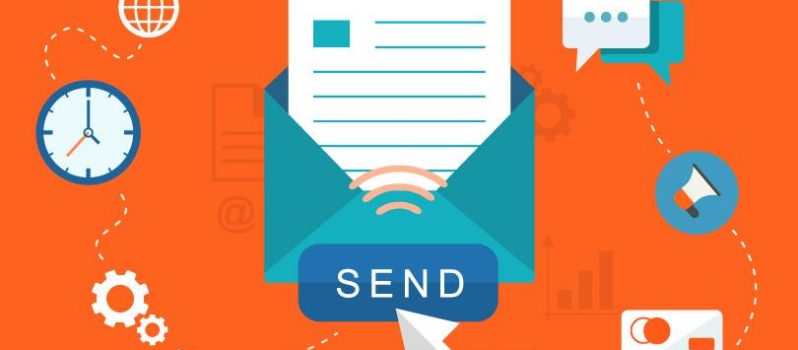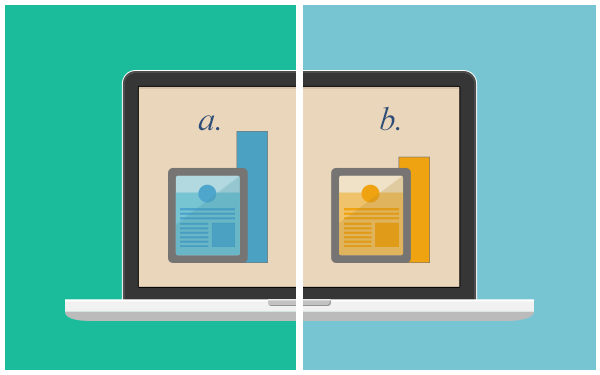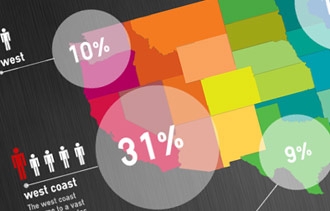Putting together a high-quality email marketing campaign isn’t easy. They’re a great way of securing business but they require effort when it comes to not only creating the content but also selecting who you should be sending them to.
Luckily, those who have signed up for your email newsletter have already been partially converted and are likely already considering making a purchase from you in the future. So how do you secure their custom with email campaigns?
The process doesn’t have to be that complicated. Yes, there are a lot of things to consider, but by following a few simple steps, you can make sure you’ve got all your bases covered in no time.
Data Is Everything
The quickest path from point A to point B is not a straight line, it’s knowing the shortcut. If you want to know the biggest shortcut/cheat sheet there is when it comes to digital marketing, it’s having lots of data on those who are interacting with you.
Everything from what type of demographics they fall under, to how they are interacting with your email newsletters, and beyond. You want people who are going to engage, and you want to know how they’re going to engage.
Reports are the first step in knowing what you’re doing wrong (or conversely, what you’re doing right). Make sure that you’re running your email newsletters through a service which offers this reports feature.
Properly Segment Your Contacts List
Your customers should not be a single homogenous group. They all come to your site for different purposes, so you should be interacting with them in different ways. Half the battle when it comes to doing this is properly segmenting your contacts list based on data.
Market segmentation is incredibly important. It’s probably one of the most important parts in making sure that an email newsletter campaign will perform well. The email newsletter service on Pepo Campaigns makes sure to use AWS SES, which means that segmenting your list couldn’t be easier. The easy interface offers several options for segmenting your contacts lists such as age, name, location, and more.
Find a simple breakdown of market segmentation if you don’t already know what you’re looking for. Segmentation strategies are essential to every part of your digital marketing strategy, not just your email newsletter campaigns.
Leverage Prior Conversions
After you’ve properly segmented your contacts list, it’s then time to leverage those different audiences in different ways. You should now know (roughly) what kind of product or services different members of your target audience are after. Use that information to send either up-sell or cross-sell emails. That’s emails which are sent to customers who either have or will purchase something, in order to boost their Average Order Value (AOV). Essentially, to buy more.
There are several ways to do this. Making use of an Amazon SES platform, how about we start by segmenting our audience into specific demographics we highlight as being interested in a specific type of item or category. We can then create a short email which incorporates similar products and send it.
A/B Test New Ideas
A/B testing is where you create two almost identical campaigns, and then see which one performs better. It’s an integral part of the digital marketer’s toolbox and it can make a huge amount of difference in a short period of time.
A/B testing is usually used to identify which parts of a campaign you might be able to improve upon. This can include something as simple as the wording of a paragraph, to the color of a button. You might even want to test drive different promotions you’re setting up. Which do customers prefer, “20% off” or “free shipping”?
A/B testing doesn’t have to be tested on everyone, you just want to make sure that you have a large enough group so that the results are significant. With cheaper AWS SES email services, you can actually afford a lot more when it comes to A/B testing, and a bigger audience is usually better. Calculate your budget and adjust accordingly.
Create Reusable Templates
One of the most time-consuming parts of creating an online email newsletter is creating the newsletter itself. Often, it is not a good idea to just throw some text and images together and hope for the best. A good newsletter is the product of research, experimentation, and fine-tuning. So, once you’ve got it right, why change?
Email templates are a great way to make sure that your content stays of a high quality – and can heavily contribute towards creating a digital ‘voice’ for your brand. You have probably seen email newsletters which you recognize just because of their format; possibly the location of a certain logo, or a certain block of a text at the top. That’s what you want, brand recognizability.
Templates should adapt over time, but that’s what A/B testing is for. You can (and should) also create templates for different campaigns and consumers. Everything here should work together to create a great outcome.
Automate Successful Campaigns
Once you’ve found the right fit when it comes to templates, it’s time to automate. Automation can take on a number of different forms, but let’s say that we want to welcome new customers to our platform as soon as they sign up to our newsletter. We then want to encourage them to return to our site by sending a follow-up message a few days later.
Make sure that your newsletter service can automate those messages to fully maximize efficiency. It’s also a good idea to ensure that it can automate other newsletter features as well. For instance, personalizing them for the addressee, and ensuring that particular times can be set for sending them.
Email Marketing Was Never Easier
Email Campaigns can be made easier as long as you follow these 6 points. Each of them relies on one another to successfully create a full campaign which keeps consumers interested.






Leave a Reply